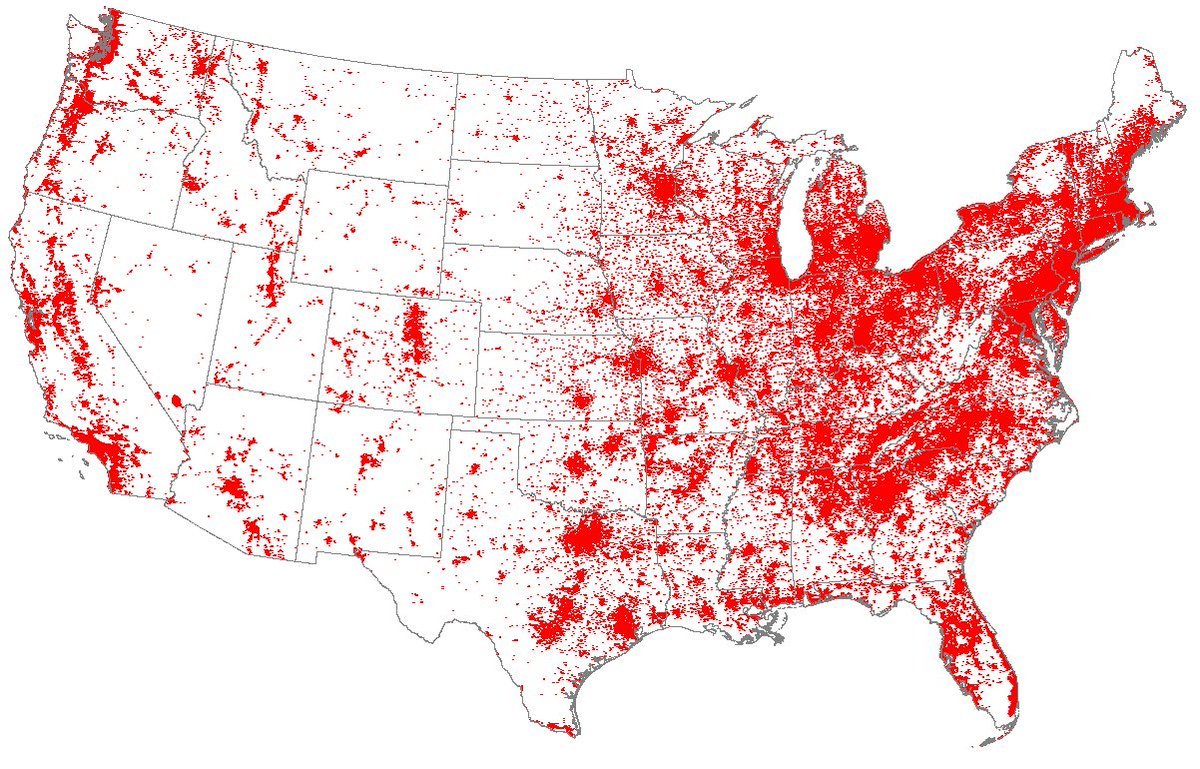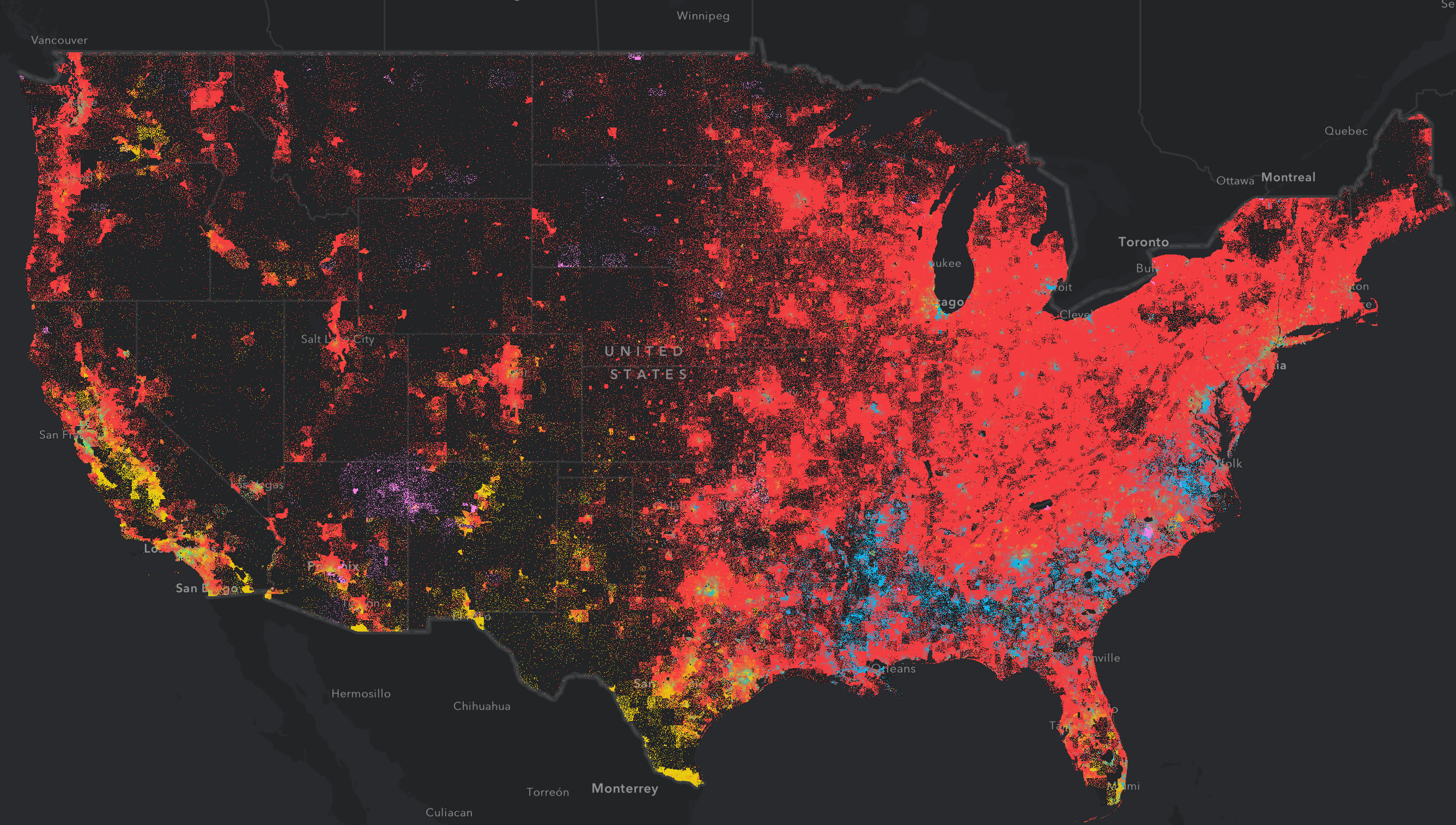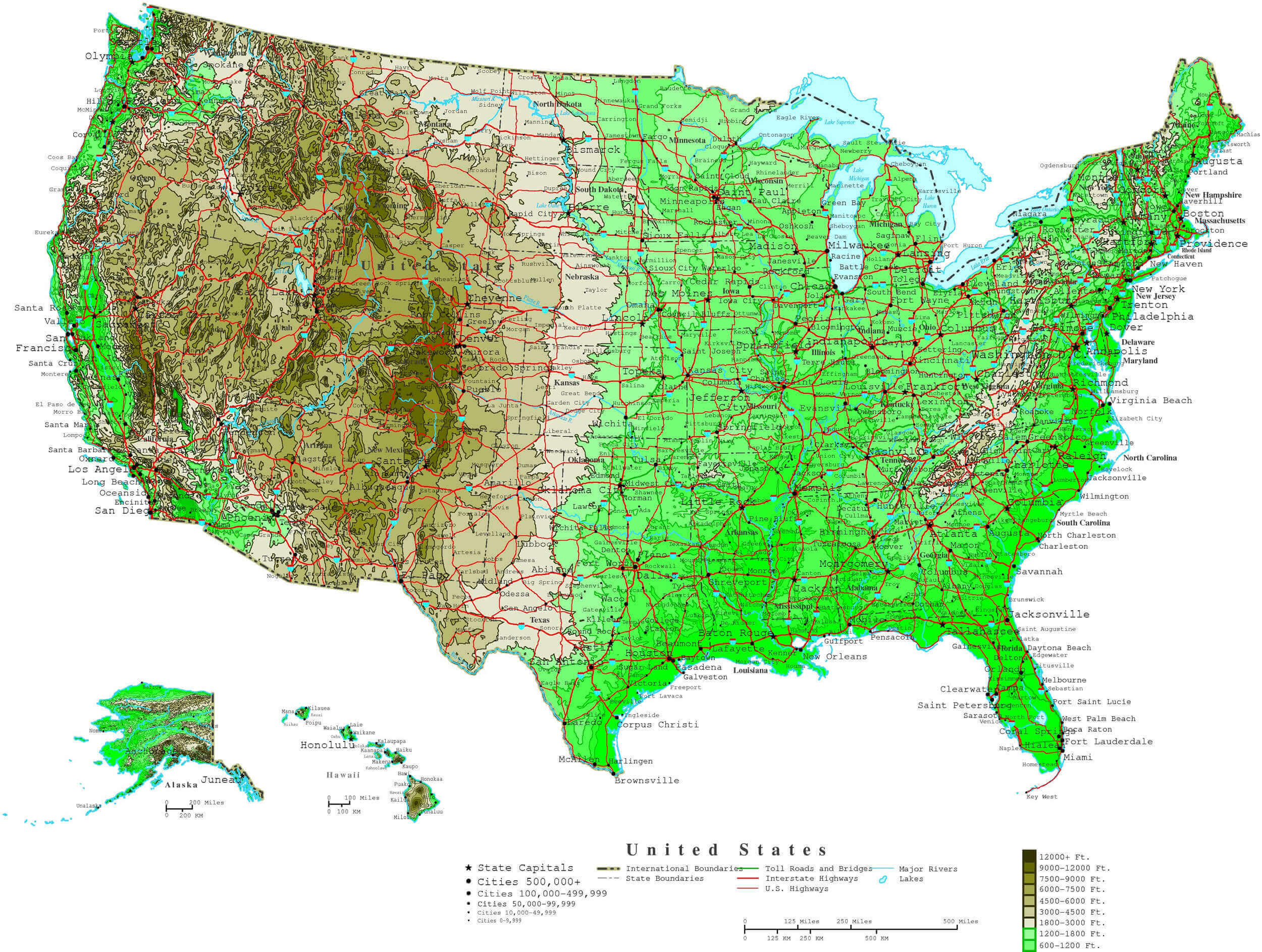
Our knowledge of human population numbers and distribution for many areas of the world remains poor ( 1) despite their importance for policy ( 2, 3), operational decisions ( 4), and research ( 5– 7) across many fields. With similar data being collected every day by MP network providers across the world, the prospect of being able to map contemporary and changing human population distributions over relatively short intervals exists, paving the way for new applications and a near real-time understanding of patterns and processes in human geography. We also demonstrate how maps of human population changes can be produced over multiple timescales while preserving the anonymity of MP users. Using datasets of more than 1 billion MP call records from Portugal and France, we show how spatially and temporarily explicit estimations of population densities can be produced at national scales, and how these estimates compare with outputs produced using alternative human population mapping methods.

Mobile phones (MPs) now have an extremely high penetration rate across the globe, and analyzing the spatiotemporal distribution of MP calls geolocated to the tower level may overcome many limitations of census-based approaches, provided that the use of MP data is properly assessed and calibrated. Consequently, spatially detailed changes across scales of days, weeks, or months, or even year to year, are difficult to assess and limit the application of human population maps in situations in which timely information is required, such as disasters, conflicts, or epidemics. However, the mapping of populations remains constrained by the logistics of censuses and surveys. Click to see all the comments.During the past few decades, technologies such as remote sensing, geographical information systems, and global positioning systems have transformed the way the distribution of human population is studied and modeled in space and time. Showing the most recent 20 out of 224 comments. Please add the location search option, it is difficult to find the location by zoom. Used this to discover that in the second episode of Avengers: Earth's Mightiest Heroes, Thor kills approximately 240,000 peopleīest site found ever. I keep getting "Please wait" and population information does not show up. I had issue with 'please wait' when putting postcode in, but i zoomed into the map and clicked on the area i wanted to plot with the mile / km already input, and clicked 'find population', the population figure was there :) When you do it counter-clockwise, it doesn't work, idk why. The tool sucks!! Tried to make it work multiple ways. Most often, this is because your radius is too small to process." 20 miles radius is too small? This worked a couple months ago, but now does not The comment made on 24th May, you can type in (almost) any location in the box below, but for some reason it doesn't have a couple of the major cities around the world, but that's not an issue, as long as THE TOOL WILL WORK AT ALL! Most often, this is because your radius is too small to process. I have no idea why they haven't done anything. Would be great to add a features that can click on two or more countrie and find out combined population and combined area. What happened to this map? It's not working anymore :( Why isn't the population tool working anymore? Do you need donations? What's the prob please?
#Us population density map manual


#Us population density map full
Click the icon on the map to view the map in full screen.After a delay, the estimated population is returned and displayed below the map.Once the area is defined, click the button to find the population inside.You can move the edges after it has been drawn. Click on the map to define the outside edge of the polygon.Toggle the Polygon or Radius above the map to start drawing a polygon or a radius circle.Search, zoom and pan the map to find the desired location.


 0 kommentar(er)
0 kommentar(er)
